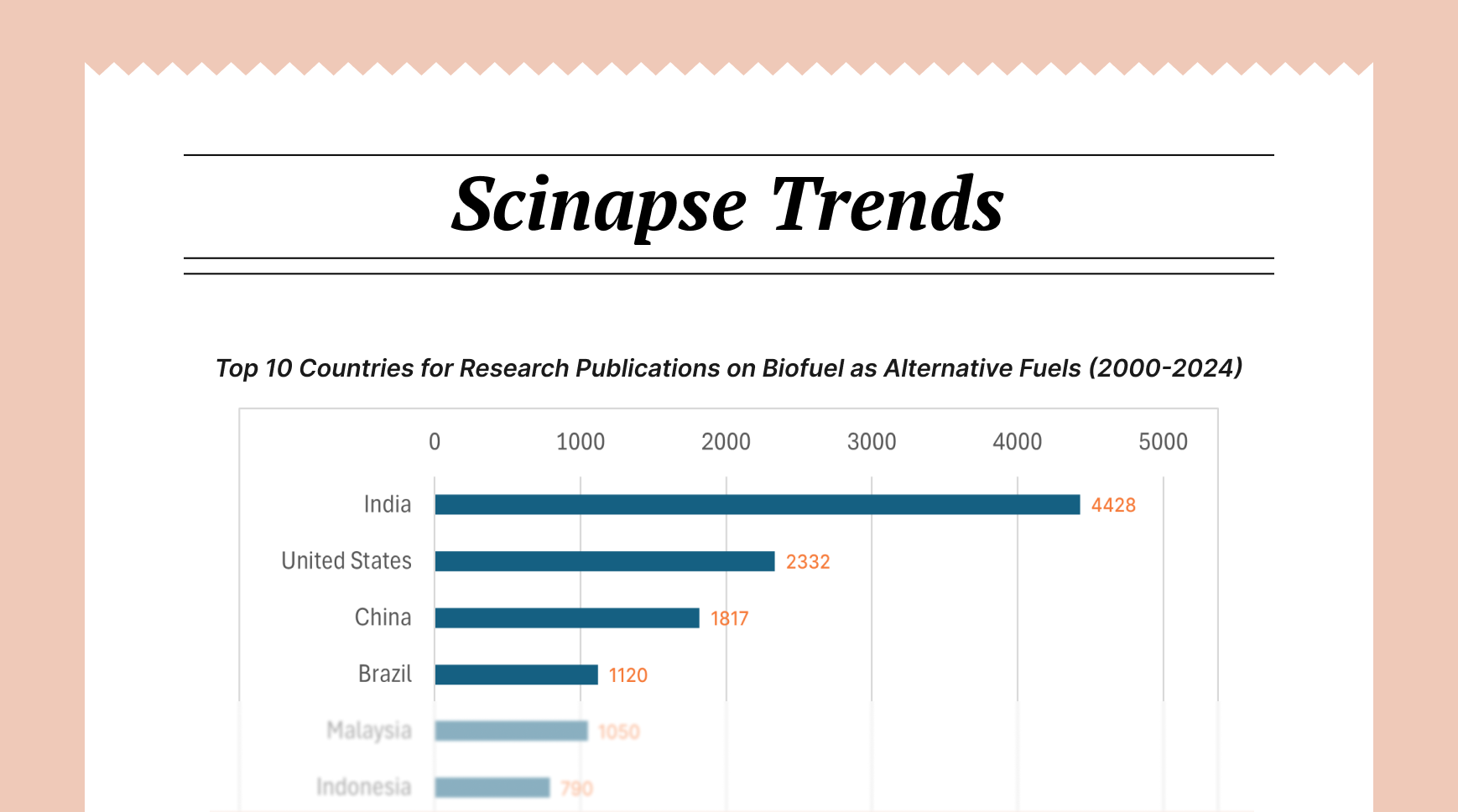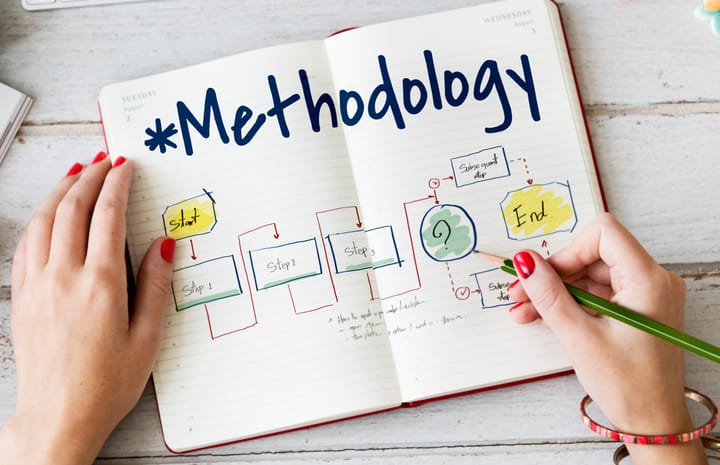The 5 Key Elements of Every Good Literature Review

A well-crafted literature review is more than just a summary of existing research; it's a critical analysis and synthesis that lays the groundwork for your scholarly contributions. It demonstrates your understanding of the field, identifies gaps in knowledge, and justifies the significance of your proposed research. While the specifics may vary depending on your discipline and research question, every strong literature review rests upon five key elements. Mastering these components will elevate your review from a mere compilation of sources to a compelling and insightful piece of scholarly writing.
1. A Clear and Focused Research Question or Objective
At the heart of every effective literature review lies a clearly defined research question or objective. This serves as the guiding star, directing your search for relevant literature and shaping the scope and focus of your analysis. Without a clear question, your review can become broad, unfocused, and ultimately less impactful.
- Defining the Scope: Before diving into the literature, articulate precisely what you aim to explore or understand through your review. Are you trying to identify the prevalence of a phenomenon? Evaluate the effectiveness of an intervention? Explore different theoretical perspectives on a specific issue?
- Formulating a Focused Question: A well-formulated research question is specific, measurable (where applicable), achievable, relevant, and time-bound (although the time-bound aspect is less critical for the review itself). It provides a clear target for your literature search and analysis.
- Example: Instead of a broad objective like "to review the literature on social media," a focused research question could be: "What are the reported associations between passive social media consumption and symptoms of depression in adolescents aged 13-18?"
- Setting the Stage: Clearly stating your research question or objective in the introduction of your literature review sets the context for the reader and provides a roadmap for what follows. It signals the specific area of inquiry that your review will address.
2. A Comprehensive and Systematic Search Strategy
A good literature review is built upon a foundation of thorough and well-documented literature searching. This ensures that you have captured the breadth of relevant scholarly work and minimized the risk of bias by overlooking important studies.
- Identifying Keywords and Search Terms: Based on your research question, brainstorm a comprehensive list of keywords, synonyms, and related terms. Consider using Boolean operators (AND, OR, NOT) to refine your search queries.
- Selecting Relevant Databases and Resources: Choose appropriate academic databases (e.g., PubMed, Scopus, Web of Science, PsycINFO), library catalogs, and grey literature sources relevant to your field.
- Documenting Your Search Process: Clearly outline the databases you searched, the search terms you used, and any filters or limitations you applied (e.g., publication date, language). This transparency allows readers to assess the rigor and replicability of your search.
- Iterative Searching: Literature searching is often an iterative process. As you read more, you may discover new keywords or relevant databases that you hadn't initially considered. Be prepared to refine your search strategy as needed.
- Beyond Databases: Don't solely rely on electronic databases. Explore reference lists of key articles (citation chasing) and consider reaching out to experts in the field for recommendations.
3. Critical Evaluation and Analysis of Sources
A strong literature review goes beyond simply summarizing the findings of individual studies. It involves critically evaluating the quality and relevance of each source and analyzing the relationships between them.
- Assessing Methodological Rigor: Examine the research design, sample size, data collection methods, and data analysis techniques used in each study. Identify any potential limitations or biases that might affect the validity of the findings.
- Evaluating Theoretical Frameworks: Understand the theoretical underpinnings of the research and assess their appropriateness and contribution to the understanding of your research question.
- Identifying Strengths and Weaknesses: Objectively evaluate the strengths and weaknesses of each study concerning your research question and the broader body of literature.
- Comparing and Contrasting Findings: Analyze the similarities and differences in the findings across different studies. Look for patterns, contradictions, and potential explanations for these discrepancies.
- Synthesizing Information: This is the core of the analysis. Combine the findings from multiple studies to create a coherent overview of the current state of knowledge related to your research question. Identify overarching themes, key debates, and areas of consensus or disagreement.
4. Logical Organization and Clear Structure
A well-organized literature review is easy to follow and allows the reader to understand the logical flow of your analysis. A clear structure enhances readability and helps you effectively convey your synthesis of the literature.
- Introduction: Clearly state your research question or objective, provide necessary background information, and outline the scope and organization of your review.
- Body Paragraphs (Thematic or Conceptual Organization): Organize the main body of your review around key themes, concepts, or subtopics that emerge from your analysis of the literature. Each paragraph should focus on a specific aspect and discuss how different studies relate to that theme.
- Topic Sentences and Transitions: Use clear topic sentences to introduce the main point of each paragraph and employ transition words and phrases to ensure a smooth flow of ideas between paragraphs and sections.
- Use of Subheadings: Break down the review into logical sections using clear and informative subheadings. This helps the reader navigate the content and understand the structure of your analysis.
- Visual Aids (Where Appropriate): In some cases, tables or figures can be helpful for summarizing key findings or comparing different studies.
5. A Coherent Synthesis and Identification of Gaps
The culmination of a good literature review is a coherent synthesis of the existing knowledge and a clear identification of gaps that your research aims to address.
- Summarizing Key Findings: Briefly reiterate the main findings and conclusions that emerge from your synthesis of the literature.
- Identifying Consistencies and Inconsistencies: Highlight areas where the literature converges and areas where findings diverge or contradict each other.
- Pinpointing Gaps in Knowledge: Based on your analysis, clearly articulate what is still unknown or under-researched concerning your research question. This is a crucial step in justifying the need for your study.
- Connecting to Your Research: Explicitly explain how the identified gaps in the literature relate to your research question and how your proposed study will contribute to addressing these gaps and advancing knowledge in the field.
- Conclusion: Summarize the main insights from your literature review and reiterate the significance of your proposed research in light of the existing knowledge landscape.
Author: Uttkarsha B
- AI-Ethicist and STM Research & Publishing Expert
Never re-search again.
Scinapse is made by researchers for researchers.
Join the next generation of research at ⏯️ https://scinapse.io/
Pluto Labs
Pluto Labs helps researchers focus on their research by improving several inefficiencies in the academic research process. We offer data-driven insights from academic papers, allowing users to easily obtain review-level results for their desired range of papers.
https://pluto.im/





Comments ()